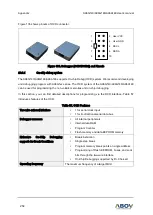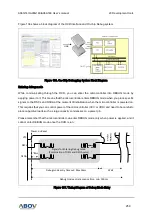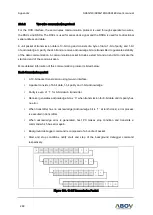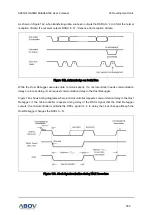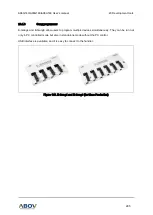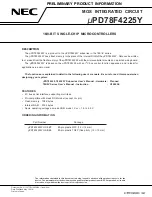
A96G140/A96G148/A96A148 User’s manual
20 Development tools
253
20.2.2
OCD type of 94/96/97 series core
Cores of the 96-series use the OCD 1 for debug interfaces, while cores of the 94-series and 97-series
use the OCD 2 for debug interfaces. The OCD 1 and OCD 2 use the same method on the Hardware,
however, the protocols are incompatible with each other.
In the OCD 2, it is able to measure the emulation time through the
“
Run Flag
”
pin.
Table 52. OCD Type of Each Series
96-Series
97-Series
94-Series
Remark
OCD type
OCD 1
OCD 2
OCD 2
In Table 53, debug interfaces of the OCD 1 and OCD 2 are compared.
Table 53. Comparison of OCD 1 and OCD 2
Value
Description
OCD 1
Break point MAX.8
PC break only
OCD 2
Break point MAX.12
With RAM break
—
Code, XDATA, IDATA
—
1/8/16/32bit compare
Real-time monitoring
Code, XDATA, IDATA
Frequency output
Examine CPU frequency
Run Flag port
Option for run time measurement
96 Series
–
OCD 1
The 96 series supports basic operation of debug interfaces such as Run, Stop, Step, Break point,
register reading/ writing, Memory reading/ writing, and SFR reading/ writing.
94 Series and 97 Series
–
OCD 2
The 94 series and 97 series support the features listed below, as well as the features of the OCD 1
(however, their protocol is incompatible with the OCD1):
RTM support: CODE, XDATA, IDATA are updated during the Run Time (Real Time Monitoring
available).
Run Flag support: Emulation Time can be measured in OCD mode (using the Run Flag port).
RAM Break support: IDATA, SFR, and XDATA break are added.




















